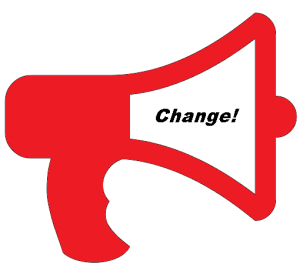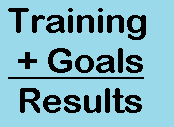Great employee engagement has been shown to drive better sales, service and profitability. It makes sense, even without numbers to support the claim. It stands to reason that employees who believe in the corporate mission, have the tools they need, understand how their work is important, and intend to stick around will perform better than their disengaged peers. Jumping up a level, the engaged team or organization will stomp on its rivals, winning market share and raving fans for customers.
How do leaders play a role? There is a vast body of research that points to the importance of “Leader Member Exchange” or LMX. LMX is focused on the quality, content and frequency of interactions between leaders and team members. Those leaders who can connect with their team members in individual, meaningful ways tend to have more engaged people and better results. Knowing this is different than doing this, of course.
Some say that people are born leaders. We can make the opposite case, though, by focusing on this element of leadership. It is something that can be trained and measured. For example, we can ask a new supervisor to schedule and complete weekly 15-minute one-on-one conversations with each member of her team. This easily trained and measured tactic can help a person develop and grow as a leader. And this is just one example.
While some people are more charismatic than others, and will have an advantage in getting people to follow, charisma is neither sufficient nor predictive. Personality only gets one so far. The rest is about learning leadership skills, using them, practicing and having real impact on an organization and its results.
Leadership can be learned. Good leaders create effective, engaging LMX environments. Engaged teams win. It’s a simple chain of actions and results that define victory.
===
Learning Dynamics offers comprehensive leadership training and development solutions including Investing in People. Contact us to learn how we can help you create an engaging environment that creates winning teams and outstanding results.


